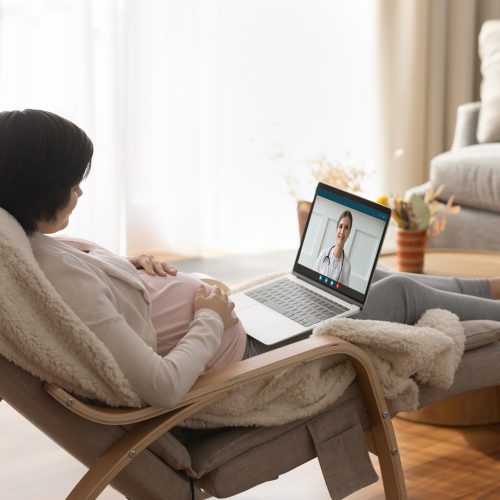Healthcare Law Alert: HHS Provides Guidance on Balance Billing Restriction to Retain Provider Relief Payment
May 29, 2020
The Department of Health & Human Services (HHS) has issued guidance on the balance billing restriction to which providers must agree in order to keep their Provider Relief Fund grant payments. The guidance, which clarifies that a balance billing prohibition applies only to treatment of patients for a diagnosis of COVID-19 even without a positive test, is contained in an updated Frequently Asked Questions document (FAQs) linked on the HHS Provider Relief Fund webpage.
The Terms and Conditions to which providers must attest in order to keep both the first and second round of Provider Relief payments require that for care for a presumptive or actual case of COVID-19, the Recipient must certify that the practice “will not seek to collect from the patient out-of-pocket expenses in an amount greater than what the patient would have otherwise been required to pay if the care had been provided by an in-network Recipient.” Questions have been raised regarding the definition of a “presumptive” case of COVID-19, i.e., whether the ban on balance billing applies to all patients and/or all care. The source of the confusion stems from one of the Terms and Conditions, which make providers eligible for grant payments only if they provide or provided after January 31, 2020, diagnoses, testing or care for individuals with “possible” or actual cases of COVID-19 and HHS previous guidance that HHS broadly views every patient as a “possible” case of COVID-19.
The key question, therefore, was whether “possible” cases and “presumptive” cases are the same. HHS has said “no,” and has made clear in this new guidance that the prohibition against balance billing reaches only to care for presumptive and actual COVID-19 cases, not to all patients or all care. The prohibition applies only to “case[s] where a patient’s medical record documentation supports a diagnosis of COVID-19, even if the patient does not have a positive in vitro diagnostic test result in his or her medical record.”
The FAQs also provide guidance on how providers will identify COVID-19 patients’ in-network rates to assure that they only bill a presumptive or actual COVID-19 patient for cost-sharing at the in-network rate. HHS explains that providers accepting the Provider Relief Fund payment should submit a claim to the patient’s health insurer for their services. Most health insurers have publicly stated their commitment to reimburse out-of-network providers that treat patients for COVID-19-related care at the insurer’s prevailing in-network rate, and thus will likely return an EOB to the provider. If the health insurer is not willing to pay the in-network rate, then the out-of-network provider may seek to collect from the patient out-of-pocket expenses, including deductibles, copayments, or balance billing, in an amount that is no greater than what the patient would have otherwise been required to pay if the care had been provided by an in-network provider.
If you have any questions about this alert or any other Healthcare Law issue, please contact:
John D. Fanburg, Managing Member and Chair, Healthcare Law, at 973-403-3107 or jfanburg@bracheichler.com
Joseph M. Gorrell, Member, Healthcare Law, at 973-403-3112 or jgorrell@bracheichler.com
Carol Grelecki, Member, Healthcare Law, at 973-403-3140 or cgrelecki@bracheichler.com
Susan E. Frankel, Associate, Healthcare Law, at 973-364-5209 or sfrankel@bracheichler.com
Related Practices: Healthcare Law
Related Attorney: John D. Fanburg, Joseph M. Gorrell, Carol Grelecki












